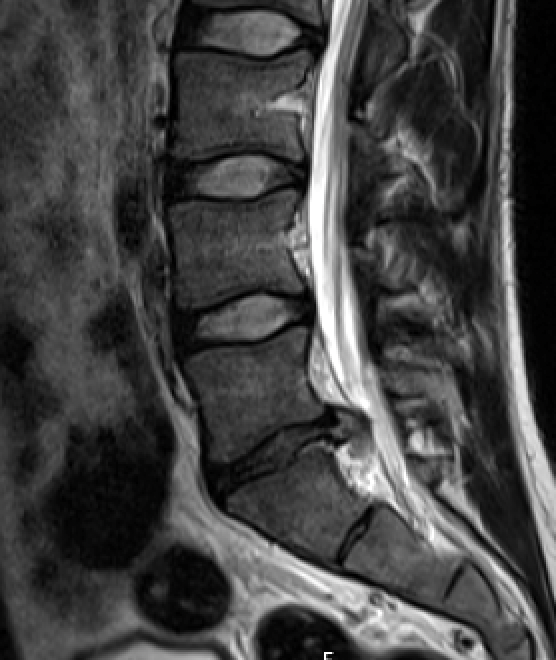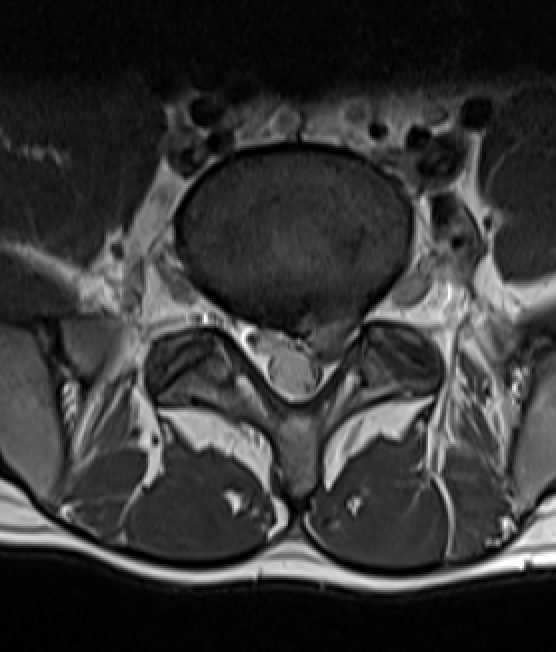Understanding the Spine
The spine is made up of bones called vertebrae, with discs in between that act as cushions or shock absorbers. Each disc has a tough outer layer and a soft, gel-like center.
What Happens in Lumbar Disc Herniation?
When a disc herniates in the lumbar region, the outer layer develops a crack or tear, allowing some of the soft center to push out. This bulging or “leaking” material can press on nearby nerve roots, resulting in a variety of symptoms.
Common Symptoms
- Lower back pain: Ranging from a dull ache to sharp, severe pain.
- Sciatica: Pain, tingling, numbness, or weakness radiating down one leg.
- Leg pain: Often more severe than the back pain and felt in the calf or thigh.
- Difficulty moving: Due to pain, weakness, or stiffness.
- Weakness: Severe nerve compression may cause muscle weakness (e.g., foot drop).
- Bladder or Bowel Incontinence: Rare but an emergency when present.


Conservative (Non-Surgical) Treatments
- Rest and Activity Modification: Short-term rest and gradual resumption of activities, avoiding aggravating movements.
- Medications: NSAIDs (e.g., ibuprofen), muscle relaxants, oral steroids, or prescription pain medications.
- Physiotherapy: A structured program with stretching, core strengthening, and techniques such as heat, ice, ultrasound, or electrical stimulation.
- Epidural Steroid Injections: Corticosteroid injections for temporary relief.
- Chiropractic Care: Adjustments or manual therapies by licensed practitioners (with caution in severe cases).
Surgical Treatments
Surgery is typically reserved for severe cases or when conservative treatments fail. Surgical options include:
- Microdiscectomy: Removal of the portion of the disc pressing on the nerve.
- Laminectomy: Removal of part of the vertebra (lamina) to create more space for the nerve.
- Disc Replacement or Fusion: Either replacing the damaged disc with an artificial one or fusing vertebrae together to stabilize the spine.
Alternative and Complementary Treatments
- Acupuncture: Inserting thin needles into specific points for pain relief.
- Yoga and Pilates: Gentle exercises to improve flexibility, strength, and posture.
- Cognitive Behavioural Therapy (CBT): Helps manage chronic pain’s psychological aspects.
Lifestyle and Preventive Measures
- Weight Management: Reducing strain on the lumbar spine.
- Regular Exercise: Strengthening core muscles and maintaining flexibility.
- Proper Body Mechanics: Learning correct techniques for lifting, bending, and moving.
Take the Next Step
Is your disc herniation interfering with your quality of life? Contact our expert team for a comprehensive evaluation and personalized treatment plan.
Contact Us Refer a Patient

